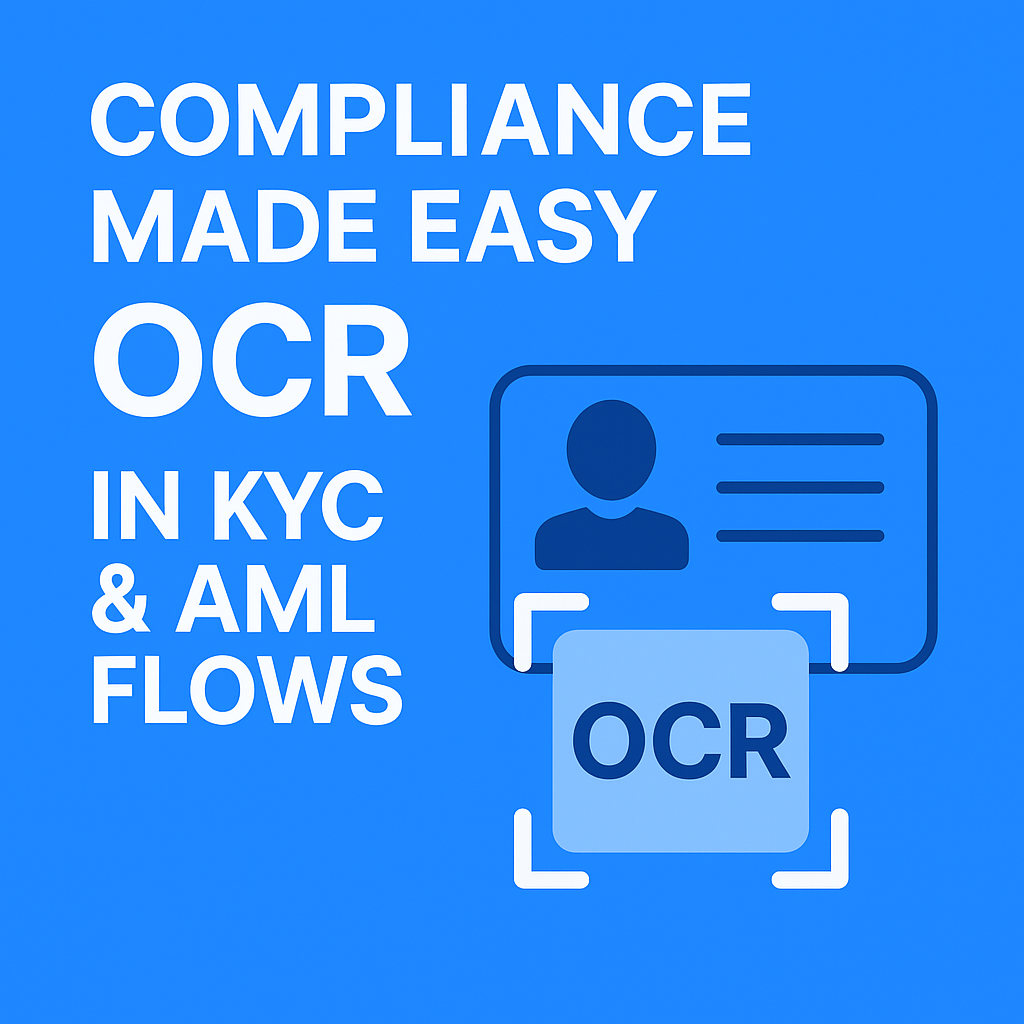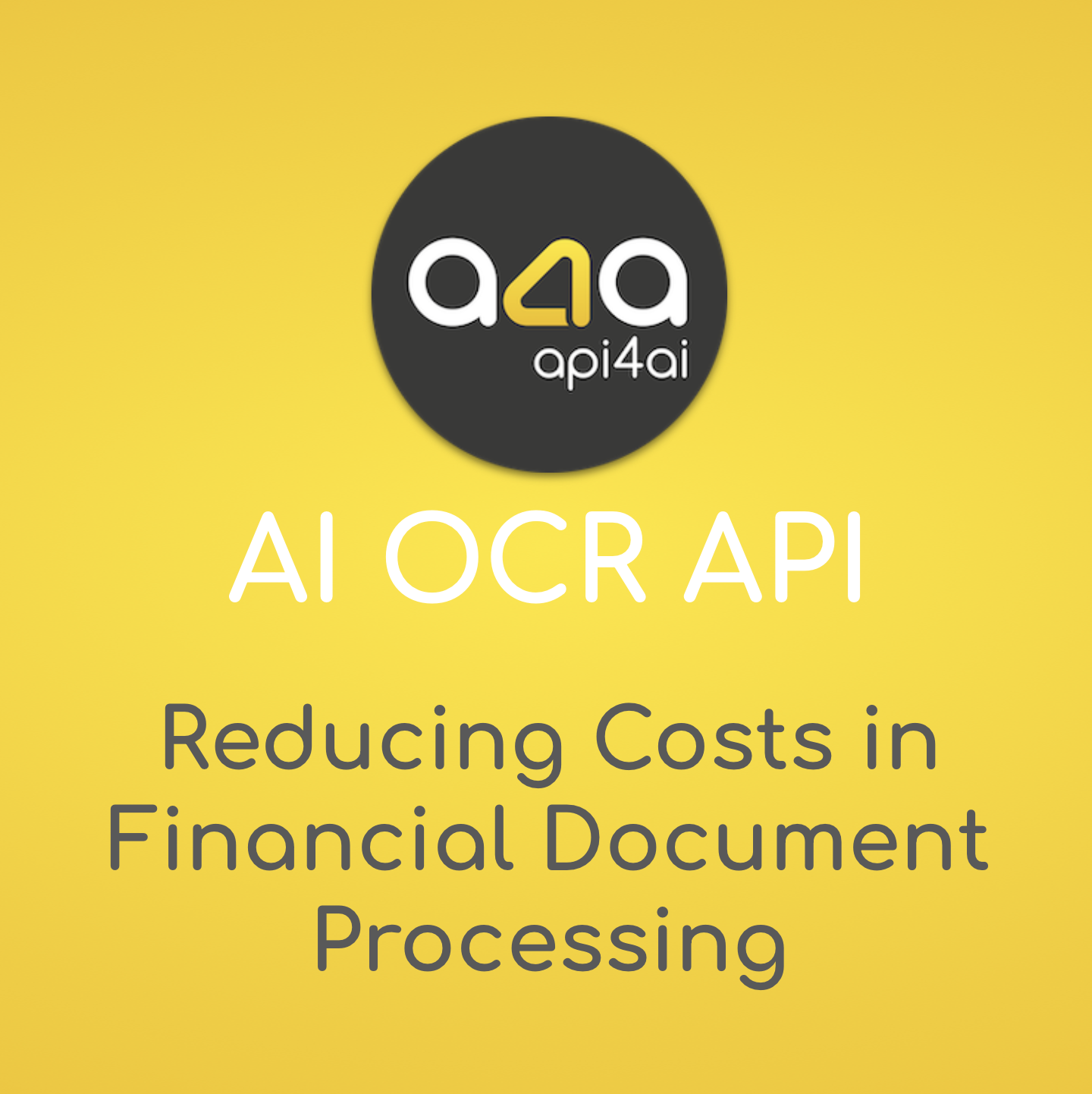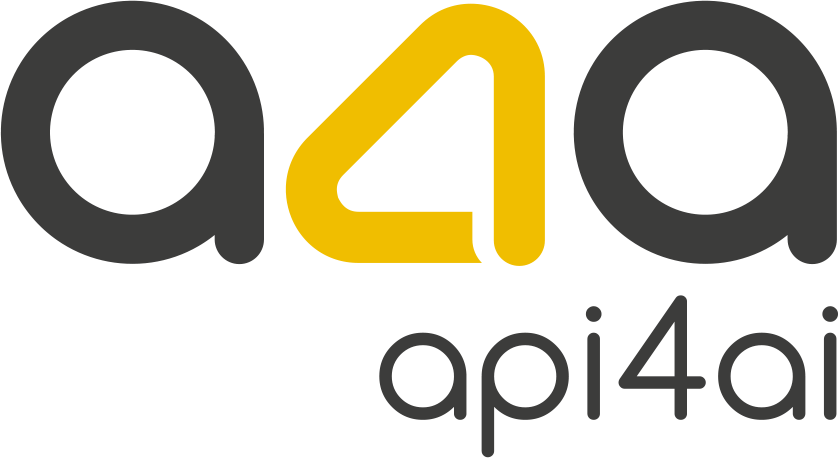
Compliance Made Easy: OCR in KYC & AML Flows
Regulatory pressure is rising — and manual document handling simply can’t keep up. From blurry ID scans to inconsistent data entry, the smallest errors in KYC and AML workflows can create massive compliance headaches. AI-powered OCR transforms this weak link into a strategic asset by instantly converting unstructured documents into clean, audit-ready data. This post explores how forward-thinking financial institutions are using OCR to reduce onboarding friction, cut operational costs, and build real-time, scalable compliance pipelines.

Invoice Chaos to Cash Flow: Payables on Autopilot
Manual invoice processing is more than a back-office burden — it’s a silent drain on cash flow, efficiency, and strategic visibility. This post explores how AI-powered OCR and automated workflows can transform accounts payable from a chaotic, error-prone function into a real-time, touchless system. Discover how finance leaders are cutting costs, capturing early-payment discounts, and gaining complete control over spend — without reinventing their tech stack.

30-Second Onboarding: IDs to CRM Automatically
In the era of digital impatience, onboarding isn’t just a UX concern — it’s a C-level priority. This post explores how AI-powered document processing can turn a photo of a passport or utility bill into a verified CRM record in under 30 seconds. The result? Lower CAC, faster revenue recognition, and a frictionless first impression that sets the tone for long-term customer value.

AI OCR API: Reducing Costs in Financial Document Processing
Financial institutions handle vast amounts of paperwork daily, from invoices and loan applications to tax reports and compliance documents. Manually processing these documents is time-consuming, error-prone and costly. AI-powered Optical Character Recognition (OCR) is transforming financial workflows by automating data extraction, improving accuracy and ensuring compliance — all while significantly reducing operational expenses.
This article explores how AI-driven OCR surpasses traditional document processing methods, enhances efficiency in key financial operations like invoice management and KYC procedures, and integrates seamlessly with existing financial systems. With the ability to scale according to business needs, AI-powered OCR not only cuts costs but also unlocks long-term profitability. Whether adopting ready-to-use OCR APIs or investing in custom AI solutions, financial institutions that embrace automation today will gain a competitive edge in the evolving digital landscape.

Top AI Trends Shaping the Finance Industry in 2025
Artificial intelligence is rapidly transforming the finance industry, revolutionizing fraud detection, customer interactions and investment strategies. With AI-powered predictive analytics, real-time data processing and intelligent automation, financial institutions can operate more efficiently, reduce risks and provide hyper-personalized services.
From automated document processing with OCR to AI-driven fraud prevention and risk assessment, machine learning models are optimizing financial workflows and enhancing security. Meanwhile, conversational AI is redefining customer service, offering 24/7 support and tailored financial advice. In investment and trading, AI-driven sentiment analysis and predictive analytics are helping fund managers and traders make smarter, data-backed decisions.
As financial firms navigate an increasingly digital landscape, the choice between ready-to-use AI solutions and custom-built models becomes crucial. While off-the-shelf APIs can streamline operations, tailored AI developments provide long-term competitive advantages, ensuring businesses stay ahead of emerging market trends.
The future of finance belongs to institutions that embrace AI strategically, leveraging its power to drive efficiency, security and customer satisfaction. Those who act now will set new industry standards, shaping a smarter and more adaptive financial ecosystem.

Why OCR APIs Remain in High Demand in the Modern Digital World?
Despite the growing shift toward digital transformation, paper documents remain a significant part of many industries, creating challenges for businesses that need to process large volumes of physical records efficiently. From banking and healthcare to legal and retail sectors, companies still rely on printed invoices, contracts, medical records and shipping labels — leading to slow workflows, high operational costs and increased risk of human errors.
OCR (Optical Character Recognition) technology has become an essential solution for bridging the gap between traditional paper-based processes and modern digital systems. By automatically extracting text from scanned documents, images, or handwritten notes, OCR eliminates the need for manual data entry, speeds up operations and enhances accuracy.
As AI continues to evolve, OCR technology is becoming smarter, with the ability to recognize different fonts, handwriting, and complex document layouts. Businesses can now leverage OCR APIs for seamless integration into their existing workflows, ensuring scalable, cost-effective, and highly secure document processing. Whether it's automating invoice handling, digitizing patient records, or improving compliance with regulatory requirements, OCR remains a crucial tool in streamlining operations and unlocking new efficiencies.
In this article, we explore why OCR technology continues to be in high demand, the industries that benefit the most, and the future of AI-driven document processing.
